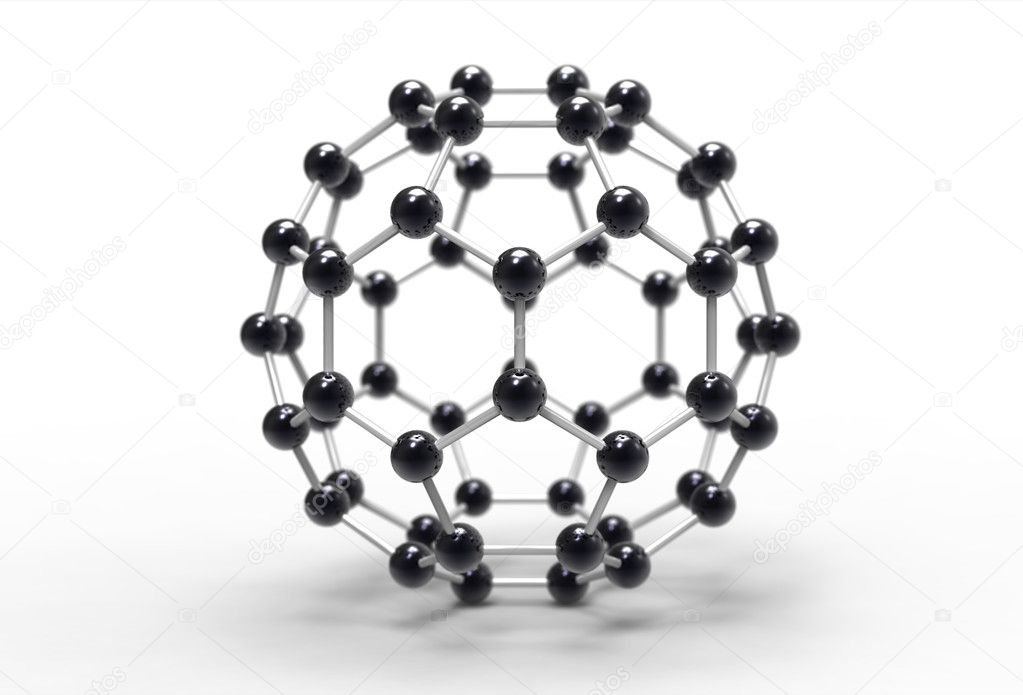Carnegie Science researchers have created ultra-hard diamond glass. This novel material, which was created by smashing a fully carbon “soccer ball,” has a high heat conductivity and could be employed in electronic equipment.
The research has been published in the journal Nature and the researchers explained in their study that “The materials exhibit excellent mechanical properties — comparable to crystalline diamond, and AM-III’s hardness and strength exceeds all known amorphous materials,”.
Carbon is a versatile material that may be used to create a variety of stable structures with different atomic configurations, such as graphene and diamond. They can repeat the crystal pattern or be amorphous, like glass, and the atomic bonds themselves can be created in two or three dimensions, depending on the material’s hardness. However, some foams are more difficult to make than others, such as diamond glass.
Diamond’s incredible strength and endurance are due to its incredibly regular structure, which is made up of only a few carbon atoms organized in a tetrahedral arrangement. As a result, you’d think the new, even stronger material would have a similar structure, but you’d be wrong. The scientists developed AM-III by crushing buck balls (a cage of 60 linked carbon atoms organized in a football-like pattern) until they collapsed, yielding an amorphous material — the AM in AM-III stands for amorphous material. That distinguishes it from diamond; in fact, it appears to be made of glass.
The amorphous nature of AM-III confers a slew of additional features, according to the researchers, making it widely applicable in high-tech fields. For example, AM-III is a fairly good semiconductor. This suggests that the novel material can be used for ‘new photoelectric applications,’ such as solar energy or space-age weapons, according to the researchers.
One of AM-many III’s proposed applications makes direct use of this glass-like quality: the new material may be utilized to produce bulletproof windows that are 20 to 100 times stronger than existing technology. While mass manufacture of the new material will take some time — and won’t be cheap — the vast range of applications suggests that this new yellow-tinted glass will be widely used in the future.

